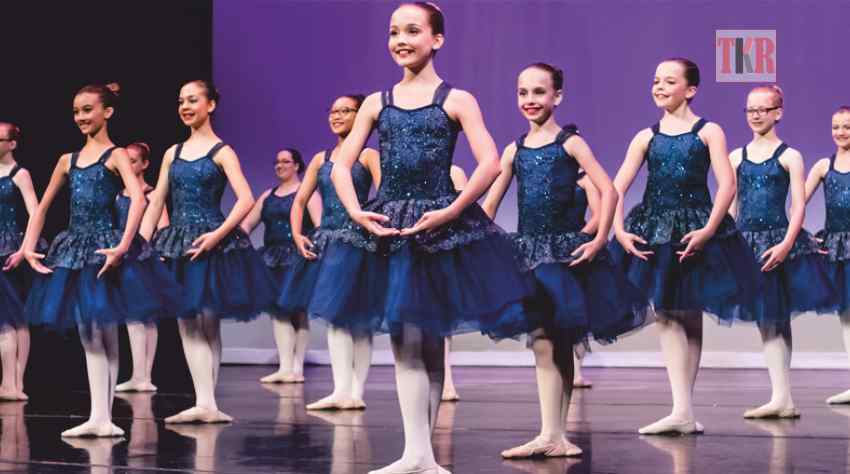Choreography and dance moves can play an important role in boosting students’ concentration alongside enhancing their interest and understanding of various subjects. Many students love to dance and teachers can utilize this passion of theirs to encourage and motivate them to learn. Research states that learning through structured movements like dancing can make education an interesting and engaging procedure.
It is not necessary that every classroom will need to conduct a dance party to make curricular connections. However, like music, dance also has various steps, which vary with styles. This helps in enhancing learning procedures. Proper planning can help educators to use the students’ favorite dance moves and styles to improve their learning and understanding of new and difficult concepts and practices.
Implementation of Existing Dances
There are various old dances like cupid shuffle, cha cha slide, electric slide, and so on, which can be used to build better connections and bridge the generation gap between teachers and students. Teachers can gather information about old dance steps and their history. This will help students to connect with both the past and present dance moves, while assisting the teachers to relate better with the students.
Additionally, teachers can use modern traditional dances to enhance the classroom culture. It will also assist the learners in improving their social skills and increasing interactions with their classmates and teachers. For example, moves like dab, floss, and shoot can help students to improve communication, empathy, and cooperation with each other. Teachers can conduct short dance sessions whenever the class needs a warm-up or when the students need motivation or breaks from hectic schedules. There might be instances when the students criticize each other’s dance steps. In such instances, teachers can redirect and instruct them to prepare an appropriate feedback system, which would maintain a positive environment and ease the processes. Students should be allowed to express their opinions in an orderly manner using sentence stems like: “I like…”, “I have…”, “I wonder…”, and so on.
Connecting Dance with the Content
Many institutions have introduced dance coding tutorials, which use dancing avatars to instruct coding lessons to students. This activity has become popular among the students and has capitalized on their love for popular dance steps featured in the activities. Choreographing dance moves are quite similar to logical instructions found in algorithms in computer programs. This can help students to understand how a series of steps are applied computationally when coding. Choreography steps can assist computer students to demonstrate their algorithms and to make sure that the appropriate logic is applied.
Exploring Beyond the Realm of Coding
Choreographic processes can be implemented as a systematic approach to solve numerous problems not only related to coding, but also other subjects within the curriculum. Any student can easily understand how choreography works, when they apply the same to accomplish daily activities. This process can also be implemented to other approaches including scientific procedures, design thinking, or essay writing methods.
With the help of structured movement, students can not only actively participate, but can also express their opinions about a particular dance in written form after watching a video or presentation. This activity also provides the scope for enhancing English skills like constructing correct sentences and grammar, while students focus their thoughts and feelings on various dance movements.
Dance for Better Educational Outcomes
Dance can be used in the classroom to provide detailed explanation of particular concepts. During a science class, teachers can organize a small dance performance, in which students can describe the life cycle of various animals and also the photosynthesis process. Moreover, interesting dance performances will let the students learn and enjoy at the same time. These performances can be recorded for the reference of future leaners.
By incorporating dance and other movements in academic sessions, educational institutions can nurture creativity and enhance an appreciation for the arts. For young learners, it can be helpful, as dance lessons can help them to learn a basic skill and learn counting through the basic skill of recalling the steps of their favorite dance and so on.
For better educational outcomes, it is essential to keep the momentum going and assisting the students to develop positive attitude towards academic and non-academic activities. Students learn, construct, and connect with ways that are interesting, engaging, and relevant. This is where dance and movement come into play. They play an essential role in capturing important concepts, practices, and classrooms. Irrespective of the subject or course, incorporating structured movement in the regular curriculum can enhance a student’s understanding, while making learning into an unforgettable experience.
– Ananda Kamal Das









